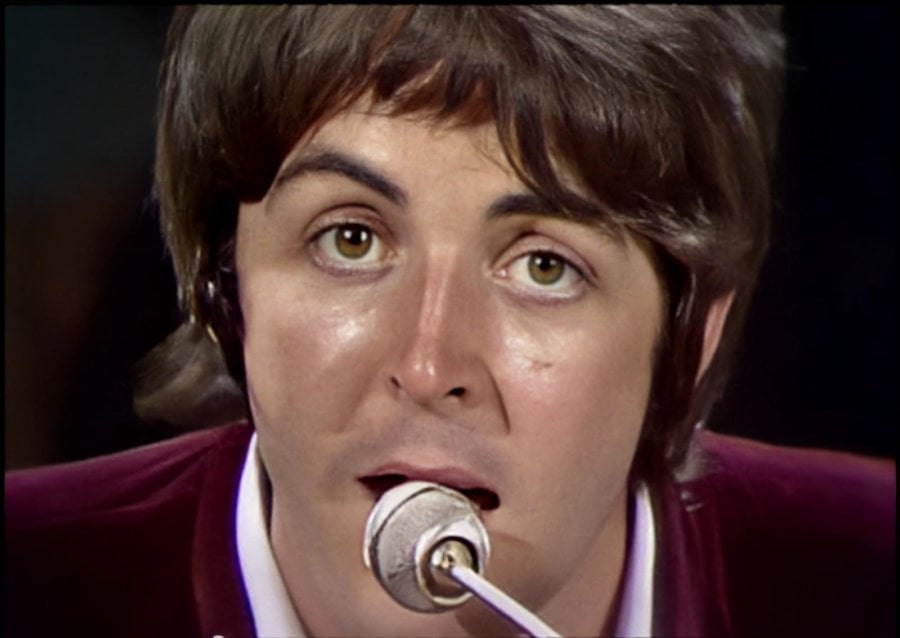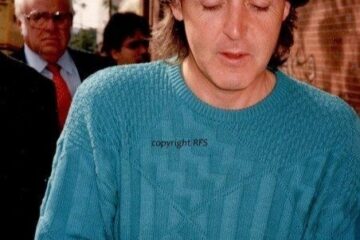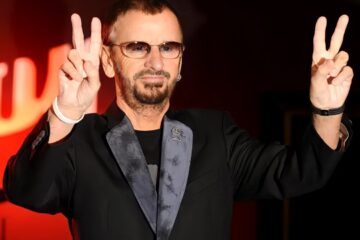The Beatles, in case you hadn’t noticed, are one of the world’s most widely celebrated songwriters. The partnership of John Lennon and Paul McCartney, and later the ranging influential tunes of George Harrison and Ringo Starr, remain today as cultural touchpoints of emotion and creativity.
Today, however, we are looking at one special song, McCartney’s ‘Hey Jude’ as part of our weekly feature ‘The Story Behind The Song’. The track is widely considered to be one of the band’s most anthemic moments of a glittering career.
Shared in 1968 as one of the first releases from the band’s own Apple label, it hit number one in many countries becoming the top-selling single of 1968 in the UK, the US, Australia and Canada. Its nine-week run at number one on the Billboard Hot 100 is a testament to its popularity then, and its continued inclusion in “Greatest Songs of All Time” lists is a testament to its staying power today.
The track is aligned with the Lennon-McCartney partnership but in 1980 Lennon said to David Sheff: “‘Hey Jude’ is a damn good set of lyrics and I made no contribution to that.” That lack of contribution is to be expected as McCartney revealed that the song is actually a letter of sorts to Lennon’s son with his first wife Cynthia, Julian Lennon.
Written in the summer of 1968 shortly after Lennon had begun his relationship with Yoko Ono and, in turn, had left the marital home of Cynthia, leaving behind his son Julian too. Driving his Aston Martin to Weybridge to visit Cynthia and Julian, McCartney began to write the song as he thought about their changing lives and the rocky road which lay ahead.
McCartney said in Anthology “I thought, as a friend of the family, I would motor out to Weybridge and tell them that everything was all right: to try and cheer them up, basically, and see how they were. I had about an hour’s drive. I would always turn the radio off and try and make up songs, just in case… I started singing: ‘Hey Jules – don’t make it bad, take a sad song, and make it better…’ It was optimistic, a hopeful message for Julian: ‘Come on, man, your parents got divorced. I know you’re not happy, but you’ll be OK.’”
He added: “I eventually changed ‘Jules’ to ‘Jude’. One of the characters in Oklahoma is called Jud, and I like the name.”
On July 26th 1968, McCartney eventually played John his newly penned track: “I finished it all up in Cavendish and I was in the music room upstairs when John and Yoko came to visit and they were right behind me over my right shoulder, standing up, listening to it as I played it to them, and when I got to the line, ‘The movement you need is on your shoulder,’ I looked over my shoulder and I said, ‘I’ll change that, it’s a bit crummy. I was just blocking it out,’ and John said, ‘You won’t, you know. That’s the best line in it!’ That’s collaboration.”
Macca continued: “When someone’s that firm about a line that you’re going to junk, and he said, ‘No, keep it in.’ So, of course, you love that line twice as much because it’s a little stray, it’s a little mutt that you were about to put down and it was reprieved and so it’s more beautiful than ever. I love those words now…
“Time lends a little credence to things. You can’t knock it, it just did so well. But when I’m singing it, that is when I think of John, when I hear myself singing that line; it’s an emotional point in the song.”
Now for many Beatles fans, die-hard as they tend to be, the notion that McCartney had written the song for Lennon’s son Julian is well known. It’s been going around for years. But for us, here at Far Out, it was the next notion shared by John that really struck a chord.
Lennon told David Sheff n his now-iconic interview: “He [Paul] said it was written about Julian, my child. He knew I was splitting with Cyn and leaving Julian. He was driving over to say hi to Julian. He’d been like an uncle to him. You know, Paul was always good with kids. And so he came up with ‘Hey Jude’.”
He continued: “But I always heard it as a song to me. If you think about it… Yoko’s just come into the picture. He’s saying, ‘Hey, Jude – hey, John.’ I know I’m sounding like one of those fans who reads things into it, but you can hear it as a song to me. The words ‘go out and get her’—subconsciously he was saying, Go ahead, leave me. On a conscious level, he didn’t want me to go ahead. The angel in him was saying, ‘Bless you.’ The devil in him didn’t like it at all because he didn’t want to lose his partner.”
In 1987, McCartney would share further thoughts on the song with the now much older Julian Lennon, the singer’s son telling Mojo in 2002: “He told me that he’d been thinking about my circumstances all those years ago, about what I was going through. Paul and I used to hang out a bit – more than dad and I did. We had a great friendship going and there seem to be far more pictures of me and Paul playing together at that age than there are pictures of me and dad.”
The direct target of McCartney’s anthemic and downright astounding song is likely to be a combination of both of these sentiments. Whether it was for Julian as a moment of friendship, a hand on the shoulder of his friend’s son and a knowing, guiding smile to what life could be like. Or indeed whether it was a letter to John to try and connect with him as they had done before.
The truth is that the song, like any great song does, can be moved and repositioned to fit whatever the audience may need at the time. It is a song bristling with emotion, care, comfort, and love. It’s a song like no other. It’s a letter to a friend.



